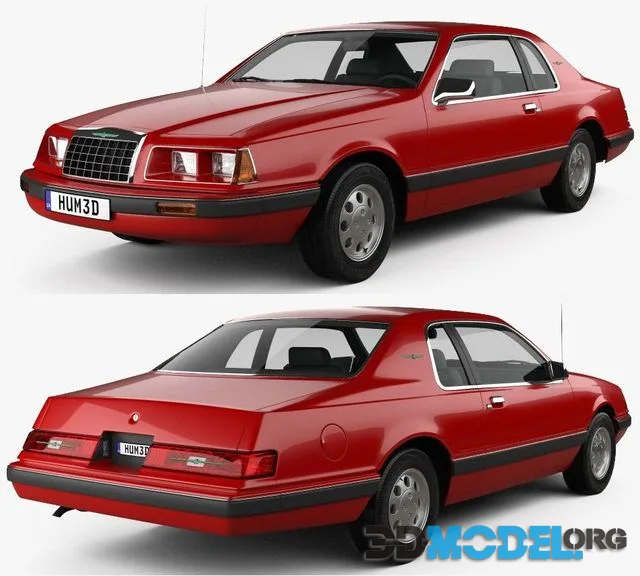Ferrari 250 GTO (Series I) 1962

The Ferrari 250 GTO (Series I) from 1962 is an iconic and highly coveted classic car, renowned for its breathtaking design, powerful performance, and racing pedigree. This model is often considered one of the greatest Ferraris ever made and is celebrated for its exceptional engineering and timeless beauty.
The exterior design of the 1962 Ferrari 250 GTO is a masterpiece of automotive aesthetics, featuring a sleek, aerodynamic body crafted by Scaglietti. The car's low, aggressive stance and smooth, flowing lines contribute to its striking presence on the road and track. The front end is dominated by a distinctive oval grille, flanked by prominent air intakes and covered headlights. The long, sculpted hood features a central bulge, adding to the car's dynamic look and hinting at the powerful engine beneath.
The side profile of the 250 GTO is characterized by its smooth, uninterrupted lines and muscular curves. The fenders are flared to accommodate wide racing tires, while the gently sloping roofline and rearward cabin placement enhance the car's aerodynamic efficiency. The rear of the car features a Kammback tail, with a subtle lip spoiler integrated into the bodywork, improving stability at high speeds. The twin round taillights and dual exhaust pipes complete the iconic rear design, adding to the car's aggressive yet elegant aesthetic.
The interior of the Ferrari 250 GTO is purpose-built for racing, with a focus on functionality and driver engagement. The cabin is stripped down to the essentials, featuring lightweight materials and minimalistic design elements. The seats are upholstered in leather and provide excellent support during high-speed maneuvers. The simple dashboard includes a tachometer and essential gauges, while the three-spoke steering wheel and gated shifter emphasize the car's sporty character. The interior, though sparse, exudes a sense of purpose and craftsmanship, reflecting Ferrari's commitment to performance.
Under the hood, the 1962 Ferrari 250 GTO is powered by a 3.0-liter V12 engine, known as the Tipo 168/62 Colombo V12. This engine produces approximately 300 horsepower, enabling the car to achieve impressive performance figures for its time. The engine features six twin-choke Weber carburetors, contributing to its robust power delivery and distinctive exhaust note. The V12 is paired with a five-speed manual transmission, allowing for precise gear changes and optimal control.
The Ferrari 250 GTO's chassis and suspension are designed for racing excellence, with a tubular steel frame and independent front suspension featuring unequal-length wishbones and coil springs. The rear suspension utilizes a live axle with semi-elliptical leaf springs and radius rods, providing a balance of rigidity and compliance. The car is equipped with four-wheel disc brakes, ensuring reliable stopping power during intense driving conditions.
The 3D model of the Ferrari 250 GTO (Series I) from 1962 is a highly detailed and accurate representation of this legendary car. The model captures the sleek lines, aerodynamic features, and intricate details with precision. The digital rendering allows for a comprehensive examination of the car from all angles, showcasing its design and engineering brilliance.
The 3D model provides an immersive experience, making it a valuable tool for automotive enthusiasts, historians, and collectors. By visualizing the 250 GTO in different settings, users can better appreciate its aesthetic appeal and functional design. This detailed representation helps in understanding the legacy and significance of the Ferrari 250 GTO, preserving its history for future generations.
The Ferrari 250 GTO (Series I) from 1962 stands out as a pinnacle of automotive design and engineering, representing a perfect blend of beauty, performance, and racing heritage. It remains one of the most revered and sought-after classic cars in the world, embodying the essence of Ferrari's illustrious history.
File type: Max, Obj, Fbx
Ctrl
Enter
Noticed a misTake
Highlight text and press Ctrl+EnterRelated news:
Comments (0)






